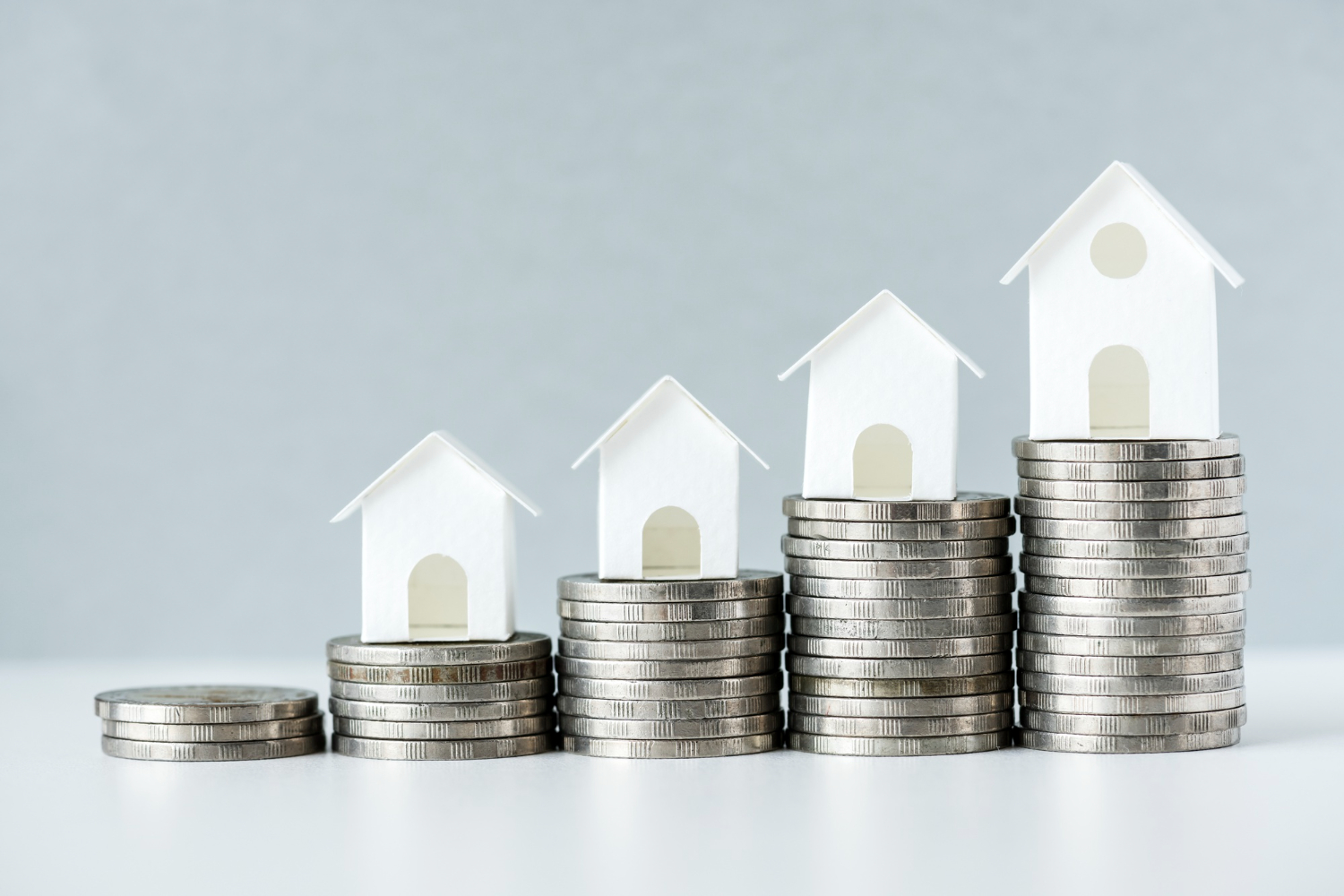How Can I Take Advantage of the FHSA for My First Home Purchase?
Home prices have recently reached all-time highs, making home ownership a real issue for many prospective buyers. So how do you save on the mortgage down payment that you need to purchase your first home? Let’s take a look at the Tax-Free First Home Savings Account (FHSA), a new federal government initiative that will be officially launched in 2023.

1. What Is the FHSA?
It’s a tax-free savings account for first-time home buyers. This is a new type of tax-free savings plan that will allow future home buyers to save money tax-efficiently. The FHSA has an annual contribution limit of $8,000 up to a lifetime limit of $40,000.
Like a Registered
Retirement Savings Plan (RRSP), contributions will be deductible from your
income. In addition, the earnings from investments will be tax-free, just like
a Tax-Free
Savings Account (TFSA). If you use the money for anything other than buying
your first home, however, the Canada Revenue Agency (CRA)
may treat the amount you withdraw as taxable income.
In addition, the rules of the FHSA only
allow one lifetime use of the plan.
2. Who Is the FHSA For?
This new Tax-Free Savings Account is for first-time buyers who meet the following qualifications:
- Be a Canadian resident
- Be at least 18 years old
- Not have resided in a home which you own during the year you are opening a FHSA or within the previous four years.
3. How Long Does an FHSA Last?
A TFSA has a 15-year life. If you open a TFSA and contribute to it, but do not use it to
purchase your first property within that time frame, you will have to close it.
4. What Are the Withdrawal Options?
In the event that the savings are not used to purchase a property, there are three ways to withdraw the money:
- Withdraw a lump sum and pay tax on the withdrawal.
- Convert your FHSA to an RRSP before the end of the year of your 71st birthday and avoid any immediate taxes.
- Transfer the funds from your FHSA to a Registered Retirement Income Fund (RRIF) designed to provide a regular income during retirement.
Transfers from an FHSA to an RRSP or RRIF
will not be taxable and will not reduce your contribution limit. However,
withdrawals from these two accounts will be subject to tax.
5. How Is the FHSA Different From the HBP?
The Home Buyers’ Plan (HBP) allows you to borrow up to $60,000 (it was $35,000 before April 16, 2024) from your RRSP, tax-free, to buy or build a first home for yourself or a relative with a disability. However, the amount withdrawn must be repaid within a maximum of 15 years, which is not the case with the FHSA.
The FHSA will not replace the HBP, which
will also remain available. However, it will not be possible to withdraw money from both accounts at the
same time, even if it is intended for the purchase of a first home.
Interested in buying your first home in the next few years? The FHSA is a great way to accumulate your down payment. For more information, consult your financial advisor and get ready to say “Home Sweet Home” sooner than you might think.

See also:
5 tips for buying your first property
The FHSA: 7 Advantages Explained by a Lawyer
The HBP, a tool to increase the down payment of a first property
 The Largest Number of Homes for Sale
The Largest Number of Homes for Sale



